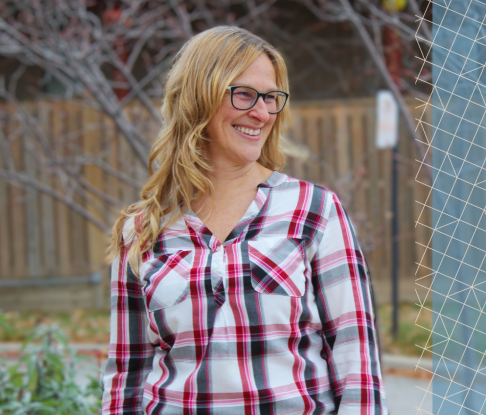I was reading an article in the Philanthropist, How social service agencies can help build a collaborative and caring economy, where Rob Howarth speaks to the trends of growing economic inequality and geographic segregation in Canadian communities.
If you are like me, I click on the links as I read them. In doing so, I landed on a great website about building community change and building inclusive communities from within: the Neighbourhood Change Research Partnership.
This partnership identifies and maps trends in neighbourhood income inequality in six Canadian cities. For those of you who like data and trends and working in neighbourhood development, this website is for you!
What I like about the website is that it merges information on income inequality, poverty, rental housing, and neighbourhood typology.
The website’s Neighbourhood Typology section shares an insightful research publication on neighbourhood trends from 1981-2006, focused on 24 census variables relating to:
- Economic status;
- Family Status;
- Immigration and ethnic status;
- Migrant status; and,
- Housing status.
This research identifies three new social spatial formations that researchers concluded were important for understanding change in the social structure of Canadian census metropolitan areas: Gentrification, Exclusionary enclaves, and Formation of new ethnic enclaves.
This website is a great read for municipal leaders who are developing policies and programs for inequality, and for those working to strengthen old ones. Data can be used to place where your city relates to the 6 cities (Halifax, Montréal, Toronto, Winnipeg, Calgary, and Vancouver). This paper helps to understand where we have been, which can help us know where we need to go!
Go deeper:
- How social service agencies can help build a collaborative and caring economy
- Neighbourhood Change Research Partnership
- Connecting the Power of People to the Power of Place: How Community-Based Organizations Influence Neighbourhood Collective Agency
- Toronto’s Inner Suburbs: Investing in Social Infastructure in Scarborough





